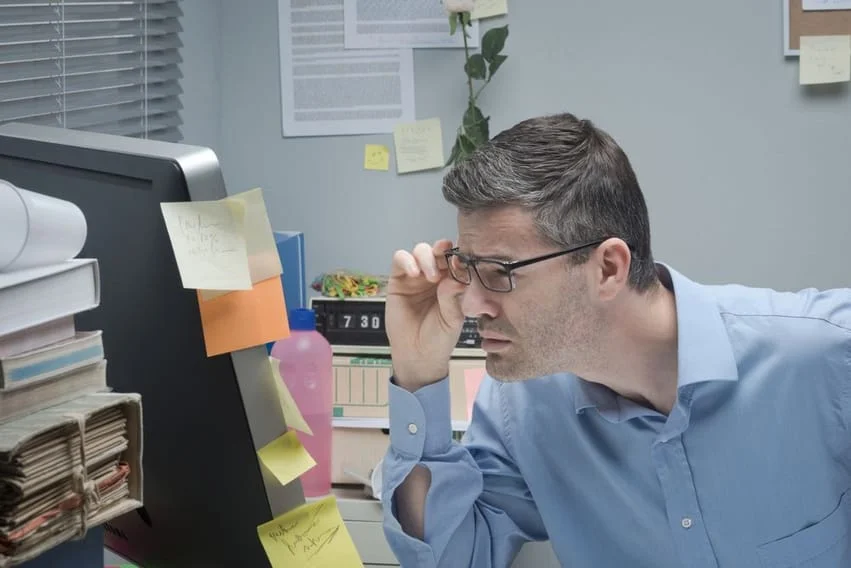Everything to Know about Hyperopia
Eye strain and genetics are the leading culprits behind hyperopia or farsightedness. However, hyperopia is a common ophthalmological issue in children and adults of any age.
If you’re diagnosed with hyperopia, your vision of distant objects is clear, but things may get blurry when the object is close.
For a proper diagnosis and corrective treatment, consult our optometrist at Locerne Optical Center in Wald Lake, Commerce, West Bloomfield, Novi, and Wixom, MI. Learn more about hyperopia causes, symptoms, and treatment options.
Causes of Hyperopia
Hyperopia, or far-sightedness, is the opposite of myopia or short-sightedness. People with hyperopia don’t struggle to see distant objects, but their vision deteriorates when trying to see something close up. Conversely, people with myopia focus on nearby things but struggle to see distant items. Hyperopia can develop due to structural irregularities, including:
- Irregular blood vessels in the retina
- Reduced converging power of the lens
- Small eyeball
- Switch the lenses’ refractive index
- Lens that’s not circular
- Unusually flat cornea
- Misalignment or absence of the eye lens
- Ciliary muscle weakness
Our expert optometrist will perform an intricate eye exam to determine the severity of your eye issue and find the right treatment to restore your vision.
Common Hyperopia Symptoms
Patients can be diagnosed with either mild or severe hyperopia. In both cases, patients have excellent vision when looking at distant objects. However, in people with mild hyperopia, their perception of close things may not be as terrible as those with severe hyperopia—they can barely deduce close objects.
Do you suspect you or someone you know has hyperopia? The tell-tale signs of hyperopia include:
- Squinting to see clearly
- Eyestrain that causes burning or itching sensations
- Close objects seem blurry
- Headaches or significant eye discomfort after close activities
A child with hyperopia could point to a genetic issue. Often, the problem corrects itself as the child grows. However, if the case of hyperopia persists into teen years or adulthood, we can help fix the issue through eye surgery, eyeglasses, or contact lenses.
When to See Our Eye Doctor
Visit an eye doctor if your vision is compromised or you can barely perform basic tasks and maintain productivity at school or the workplace.
Adults with existing eye complications should schedule an eye appointment at least once every couple of years. The frequency of eye doctor visits increases if the patient is a child below three years old or elderly.
When you visit our center, our optometrist does an eye exam to assess the degree of farsightedness and advises you on which vision correction option is ideal for you.
Treatment Options for Hyperopia
We offer a range of treatment options for people diagnosed with hyperopia. They include:
- Eyeglasses or contact lenses: These refocus the light to facilitate clear vision and correct mild hyperopia. We have different designer frames to suit everyone’s taste.
- Intraocular lens implantation: If you’re not comfortable wearing contact lenses and eyeglasses or have severe hyperopia, intraocular lens implantation, also known as refractive lens exchange, is a viable option
- Refractive Surgery: Our optometrist may recommend surgery to correct hyperopia. Types of effective hyperopia surgical procedures include photo-refractive keratectomy, Laser-Assisted in situ Keratomileusis- LASIK eye surgery, or Laser Subepithelial Keratomileusis- LASEK.
Hyperopia Treatment at Locerne Optical Center
Do you want to know more about hyperopia treatment? Contact Lucerne Optical Center for inquiries or to book an appointment. We serve areas around Wald Lake, Commerce, West Bloomfield, Novi, and Wixom, MI. You can contact our office at (248) 773-7330 to schedule an appointment.

